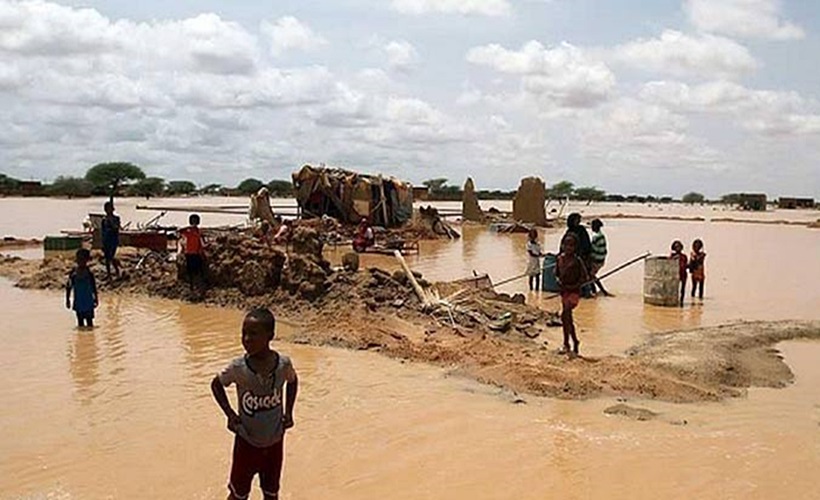Severe flooding in South Sudan is affecting the lives of roughly 800,000 people, leaving them without adequate food, water or shelter, Medecins Sans Frontieres said Tuesday.
“Many areas [in South Sudan] have been flooded since July, while river levels are continuing to rise, worsening the crisis,” the Medecins Sans Frontieres, or Doctors Without Borders — an international humanitarian medical non-governmental organization — said in a statement.
Putting efforts to provide medical care in the affected areas of Upper Nile, Jonglei, Greater Pibor, and Unity states, the MSF said the need for medical care in South Sudan “are increasing with a sharp rise in malaria cases and fears of outbreaks of other diseases.”
“This year’s floods are happening against the backdrop of multiple emergencies including COVID-19, increased violence and fighting, a growing economic crisis, and high levels of food insecurity,” Ibrahim Muhammad, the MSF head of mission in South Sudan, was quoted as saying in the statement.
“Now, we are preparing for an increase in diseases in all flood-affected areas, such as diarrheal diseases and malaria, given the high risks caused by displacement and crowding, poor hygiene conditions, and a lack of functioning latrines,” he added.
The floods also prevented residents from reaching health care facilities, according to the MSF.
“In the MSF hospital in Lankien, in Jonglei State, the MSF has seen fewer patients since high floodwaters made it nearly impossible for people to travel from surrounding areas,” the statement read.
“The local airstrip has flooded, making it more difficult to deliver medical supplies or refer patients to other medical facilities when needed,” it added.
Risk of Mosquito-Borne Diseases in Sudan
The United Nations warns of a looming health crisis in Sudan following historic floods which have created conditions for deadly insect-transmitted diseases to thrive.
The floods have left behind stagnant water pools which are perfect breeding grounds for mosquitoes, and the U.N. Office for the Coordination of Humanitarian Affairs warns that more than 4.5 million people are at risk of mosquito-transmitted diseases such as malaria, chikungunya and viral hemorrhagic fevers, or VHF.
Jens Laerke, a spokesman for the U.N. humanitarian affairs office, says there also is an outbreak of chikungunya in West Darfur, where nearly 250 people have been diagnosed with this viral disease.
“The worst disease and the most lethal disease is in fact malaria. There [are] over 1.1 million malaria cases as of the end of September this year across the country, and malaria has reached epidemic levels in 15 out of the 18 states in Sudan,” he said.
“One of the things that the partners on the ground are actually mentioning trying to get these emergency health kits out in the communities and particularly among the many internally displaced—there are almost two million internally displaced people in Sudan–is that the floods and stagnant water is still hampering access to those people,” he said.
Laerke said there is a shortage of medical supplies and needs will increase as insect-driven diseases continue to spread throughout the country. He said the U.N.’s operation is in financial difficulty as it only has received 19% of needed funding.





